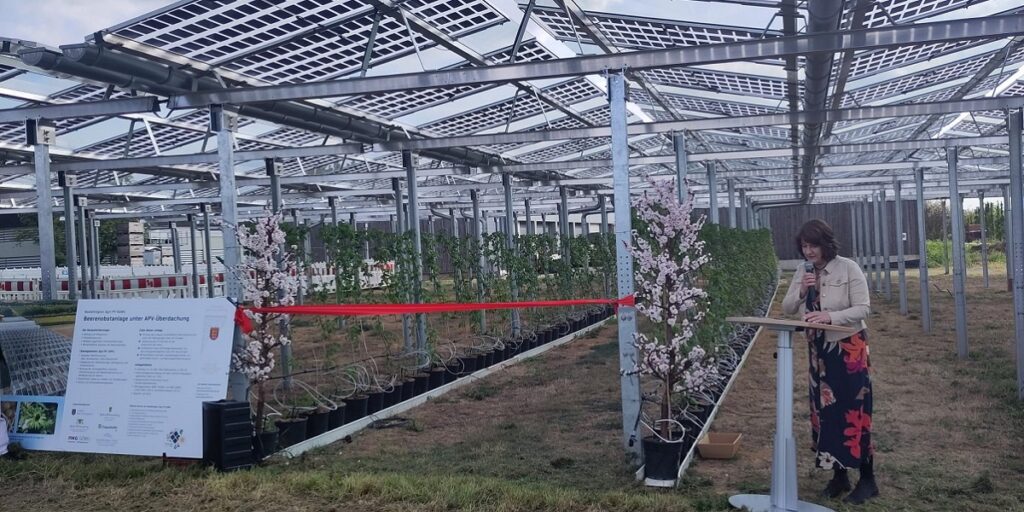I have already talked in this blog about a whole range of faults that can occur with photovoltaic systems in the hope of helping you identify and eliminate these easily and quickly. The last PV module problem I’d like to look at in detail is the “peeling front contact” problem. It think it’s important enough to merit its own article.
In the last article I talked about a related problem: that of the cell connectors between individual solar cells becoming detached. Now, I’d like to show the various stages of a fault that we frequently come across in practice: peeling front contacts. The charge carriers generated by the light are conveyed across the front of the solar cells along a thin grille screen-printed onto the cells. Until now, the contacts have usually been made of silver, although it is expected that they will be made from copper in the future for reasons of cost. The charge carriers generated are directed via these wafer-thin tracks to the “busbars”. That is the name given to the thick tracks that connect the cells in series.

Because the front contacts are soldered, they are subject to both mechanical and thermal stress during production. The move by many manufacturers first from 2 to 3 bus bars and then even to 5 busbars is a sign that they felt the technology was in need of some improvement. Having examined many older PV systems, I would agree that improvement is certainly desirable. More busbars shorten the pathway in the cell’s emitter to the nearest busbar. The primary benefit of this is lower resistance between the cells and thus increased efficiency. Each additional busbar reduces the current density – so there is some saving in materials. The lower power density also reduces warming of the contacts on the cells.
But let’s get back to the modern PV cell and take a look at the kind of faults we are likely to be troubleshooting in the future. When the front contact is defective, the current from the solar cell has to flow through a narrower conductor cross-section. This leads to a higher current density in A/cm², which in turn leads to higher series resistance. You will often see different stages of this type of fault on photovoltaic systems. First, part of the front contact becomes detached. Then one of two (or three) busbars develops a high resistance. And finally, a second busbar starts to become detached until it is only making contact at one small spot.



While the initial stages of this fault are barely noticeable and visible only on an electroluminescence photograph or dark I-V curve, the problem in its most advanced stage shows as a “hotspot” on a thermal image. If the current density and serial resistance of the contact point are high enough, a thermal image will reveal the fault quite clearly. Electroluminesce is particularly good at diagnosing the early stage of this fault because the difference in brightness levels allows you to see the different power densities on the cell.

In the following example we examined an array that used older modules and were able to observe the problem in its various stages. You can see the dark I-V curves becoming flatter with increasing series resistance. If you measure a system’s dark I-V curves regularly, you should be able to detect these faults early.


In the early stages, these faults don’t make much difference to yield. However, as the series resistance increases, the efficiency of the modules declines. Since the fault occurs in the laminate, it is difficult to repair, and a new module is really the only option.















